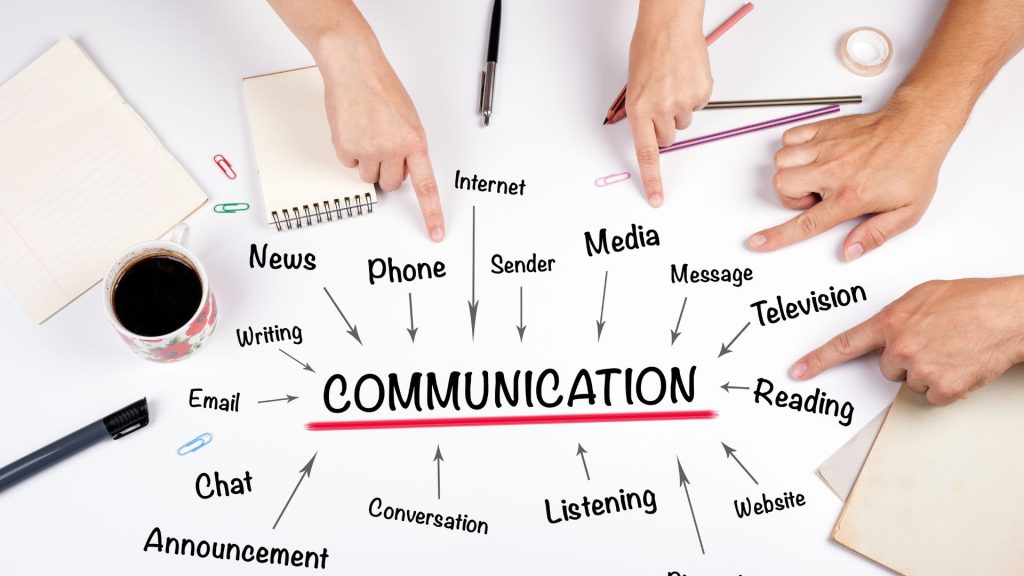Compliance communication is primarily associated with sharing regulatory requirements with relevant stakeholders at all organizational levels. The purpose of compliance communication is to organize the compliance structure, which includes receipt and dissemination of the policies, procedures, regulations, rules, and standards.
Correct and accurate compliance communication enables the maintenance of strong compliance culture, which is one of the main objectives of compliance communication. Compliance communication aims to share relevant, up-to-date, and correct compliance information, to avoid misinterpretation and compliance breaches.
The Effective Compliance Communication
Effective compliance communication requires the culture of Speak Up, where regulatory requirements are openly shared with relevant process owners. This is part of the overall compliance program. Its purpose is to warn the employees about the possible troubles of financial losses, legal liability, the loss of image, trust, or security in general if there is no regulation compliance. The compliance communication is initiated from the compliance function, where the regulations are received from the regulators and sorted for appropriate dissemination. That is necessary to increase the chances of avoiding regulatory troubles and discouraging weak processes and controls.
The focus and goal of the communication process are:
A clear statement that the company works fully transparently, openly, and honestly
Encourages immediate notifications of any potential company policy violations, applicable laws and regulations, and cases of misconduct that affect the company or its employees or imply their involvement
Compliance communication prohibits “potential” violations, and it is mandatory to provide a mechanism for control and regulatory protection. Control involves the establishment of a compliance committee to look after disciplinary matters, including regulatory non-compliances. The committee conducts internal investigations and ensures that the compliance function periodically communicates the regulations and laws to all the relevant employees and stakeholders.
The compliance function’s direct responsibility is to provide employees with the opportunity to identify and understand the regulations and laws. The companies hire a competent compliance officer with the regulatory expertise and knowledge so that the regulator’s requirements are understood and complied with to ensure compliance communication.
Compliance communication culture must allow the recipient to ask for the interpretation of the regulations in case that is not clear. The recipient of business functions contacts the compliance officer as part of the compliance communication to understand the provisions and apply them in day-to-day activities for compliance purposes.
This are made in the form of internal compliance memos, which are addressed to the stakeholder groups and departments as soon as the regulatory body makes a new regulation or amendment to the existing regulations. Compliance memos serve as a record of compliance communication and are referred by the employees whenever the relevant provisions are to be applied. A compliance memo is made part of the compliance documentation. Documentation provides evidence of how companies operate, interact internally and externally, and comply with applicable regulatory requirements.
Final Thoughts
Businesses must follow a plethora of laws, rules, and regulations. This includes taxation, workplace health and safety, labor laws, and other issues. It is critical for your company to communicate these requirements, including ensuring deadlines are met and important documentation is lodged, in order to avoid compliance violations and potential penalties. Employees who are unaware of or do not understand the significance of your company’s compliance obligations can cause serious problems. Without effective communication, you risk failing to complete compliance tasks.




